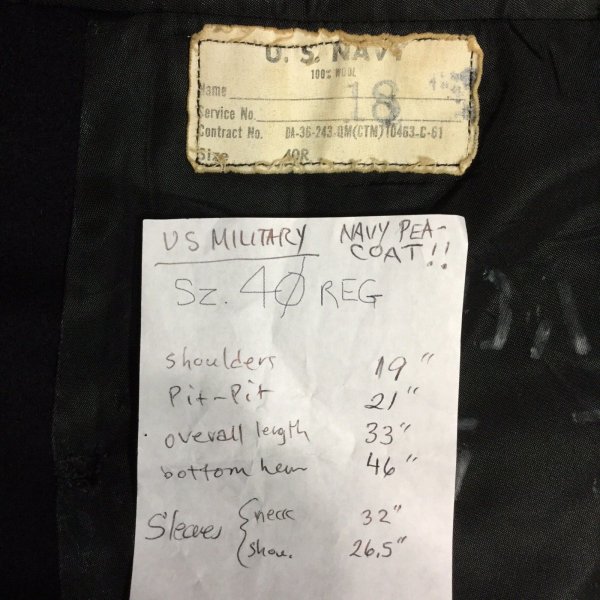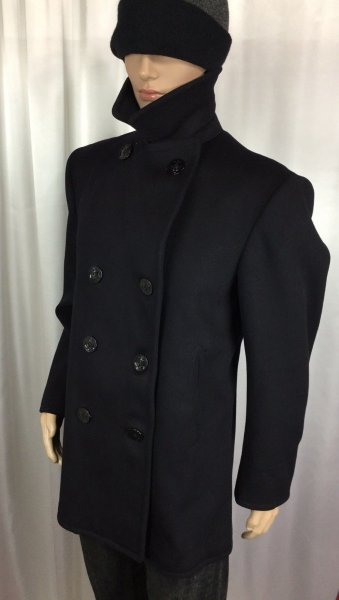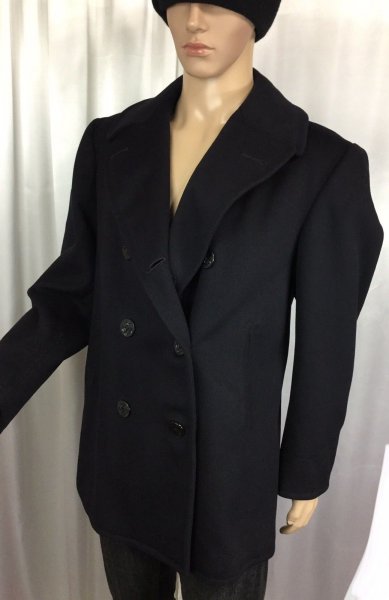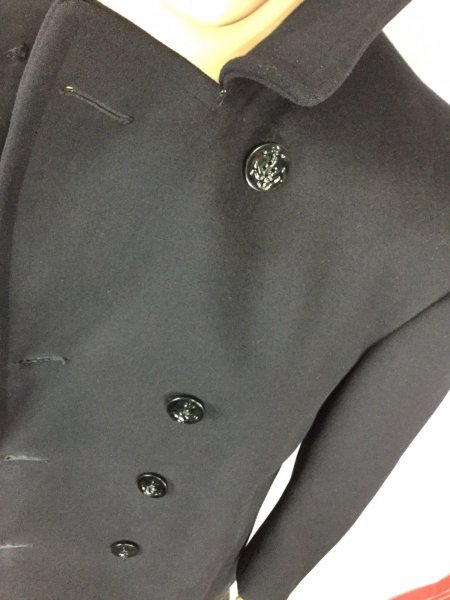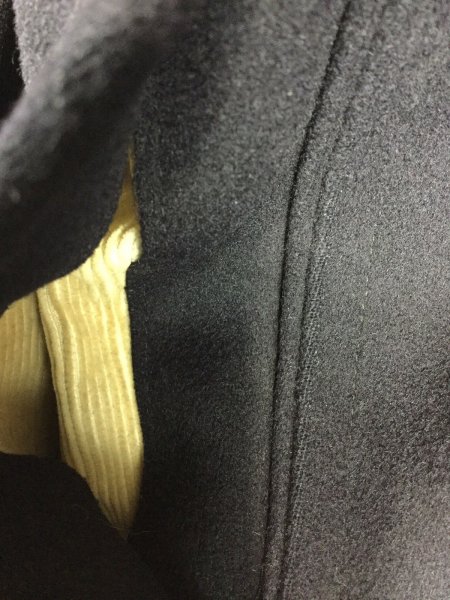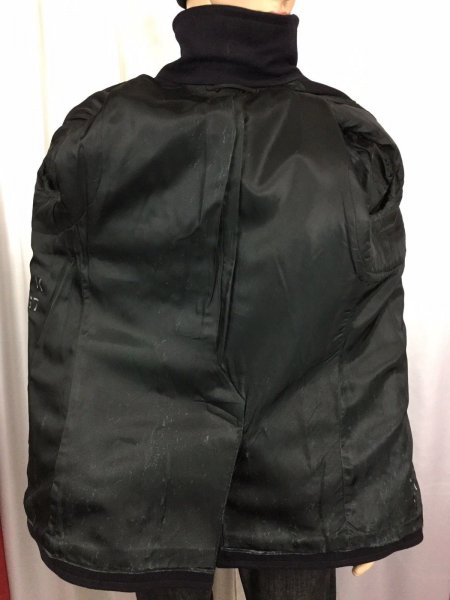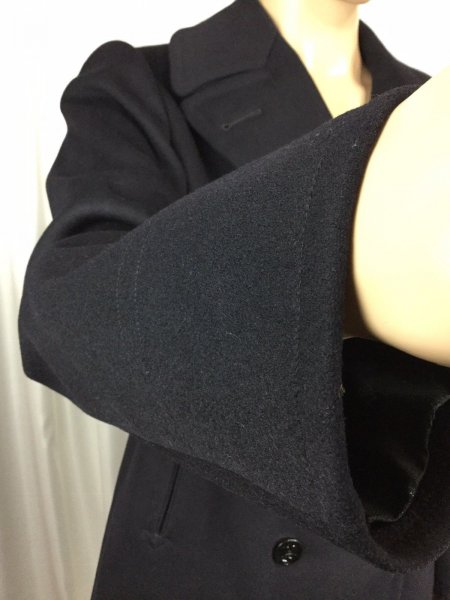EmergencyIan
Practically Family
- Messages
- 918
- Location
- New York, NY
I realize I probably didn't answer your question. I think they would entertain an offer, but the starting price is set so high, that even if they took 50% off, it would still be $100.
I guess it’s priced too high unless it’s mint or close besides the label. It is Kersey and quite a rare size. So, those facts do make it rare. I just don’t think it’s $200 rare, in my opinion. Though; if you really want a kersey version and you really need it in that rare size, it may be worth $200. Maybe Peacoat will weigh in with his more experienced and educated opinion. ...So, hang on, Sloopy.
- Ian
